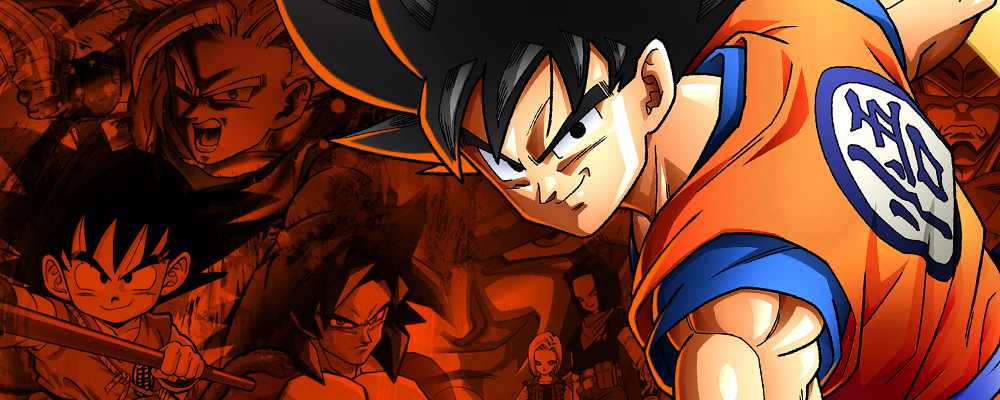
Hello again! With Dragon Ball Z: Kakarot right around the corner, it’s a good time to take a look back at the games that came before it. As anyone knows, Dragon Ball is a monstrously successful franchise. Naturally, there’s been a ton of Dragon Ball games over the years – some are great, and others… not so much.
The following picks aren’t necessarily the games I think are the best, but more so the games that mean the most to me. So, in no particular order, here’s my top five Dragon Ball games!
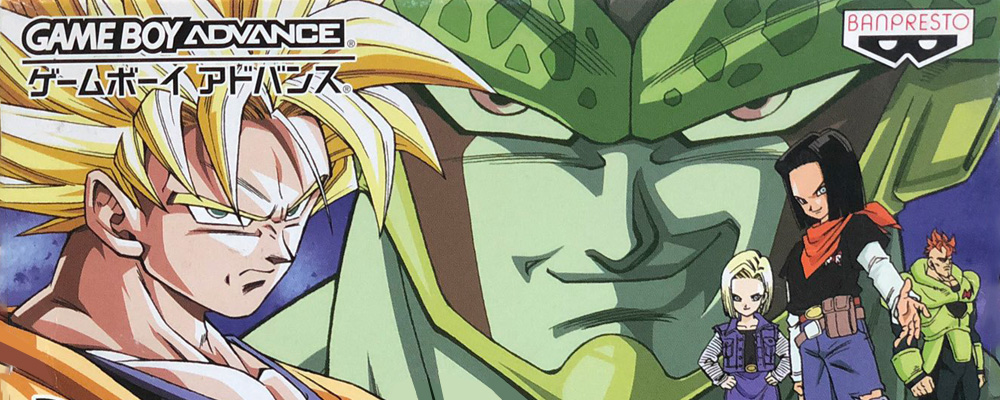
Dragon Ball Z: The Legacy of Goku
Alright, so right off the bat I’m cheating and putting three games in one spot. Shush. Still, if you’re familiar with the Legacy of Goku trilogy, you probably get why I’m lumping them together.
In hindsight, these games were pretty average action RPGs for the Gameboy Advance – except for the first, which was a pretty bad ARPG. The art was … spotty, and the gameplay was clumsy at the best of times. Developer Webfoot Technologies were nothing if not hit-and-miss – but you could always tell they were trying. Well, usually.
Despite their foibles, these games were my jam in my early teens. They did a pretty comprehensive job of covering the Dragon Ball Z series, even including a few scenarios from filler episodes and movies. The trilogy had several playable characters, many of whom had a full list of transformations and even fusions that you could bust out. In a lot of ways, you could call this series the spiritual predecessor to the upcoming Kakarot.
They were successful, too – so successful that the second Legacy of Goku became the first American developed DBZ game to see a release in Japan. Funnily enough, it’s my favourite of the trilogy, too.
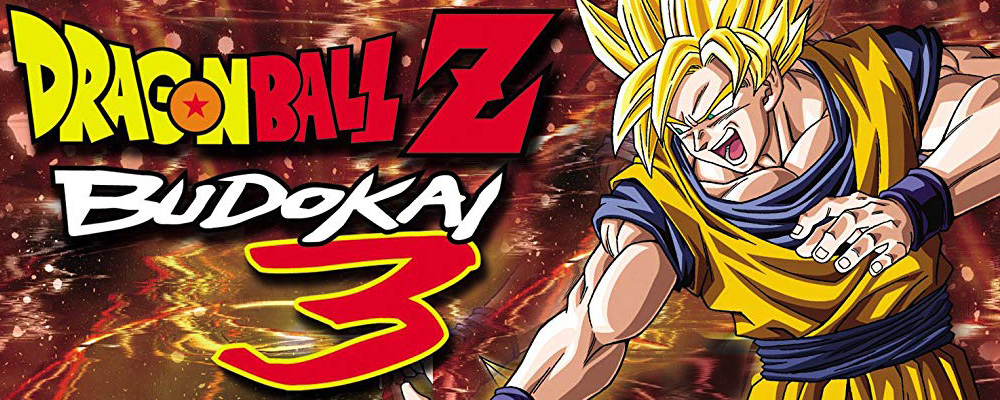
Dragon Ball Z: Budokai 3
Another childhood favourite, Budokai 3 was THE Dragon Ball game to me for a long time. Which is funny, because it’s… not actually very good. The gameplay is fraught with irritating features, like the timing mini-game that the CPU always just beats you at, and the capsule system that should lead to customisable movesets, but really just stopped you from fitting all of Goku’s transformations in with his moves. Also, as a fighting game, it was simple to the point of being a button-masher.
Still, there was a lot to love. The roster was huge, with several series debuts from Dragon Ball GT and various movies. Many characters had a full list of transformations (again, many debuting for the first time) and the graphics were impressive for the time. While the game lacked a basic arcade ladder, there was still plenty to do, including the Dragon Universe story mode, which actually had various secret encounters and branching paths.
In spite of its issues, I spent far too much time playing this game. It was very addictive, and fighting out your dream matches was always fun. Although it can’t remotely call itself the best Dragon Ball fighting game any more, it remains the favourite for a lot of people. I don’t think it’s hard to see why.
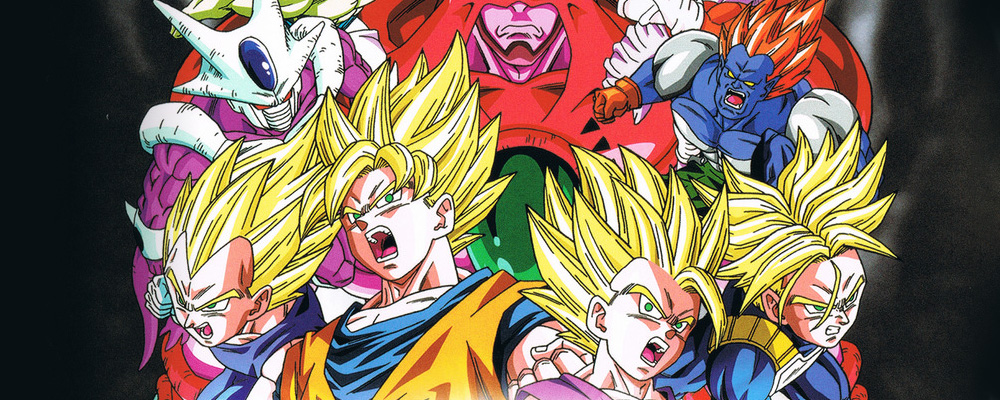
Dragon Ball: Raging Blast 2
Now, if you want to talk ‘dream matches’, you can’t get much better than Cui vs Super Saiyan 3 Broly. …Okay, you can get a lot better than that. Still, Raging Blast 2 made it possible!
Following on from the Budokai Tenkaichi games, the Raging Blast games featured enormous rosters and destructible arenas to fight with. In terms of simulating a Dragon Ball Z battle, these games might be the closest we’ve gotten. Although a lot of characters are blatant clones sharing generic moves, it’s still nice to be able to pit the Ginyu Force against Cooler’s Armoured Squadron in a team battle. The ability to transform, power down, fuse or swap fighters on the fly made the game quite dynamic, too.
Another nice feature was Raging Blast 2′s lack of story mode. Yes, you heard me right. By 2010 I was getting a bit sick of repeating the same high spots in the series just to unlock the full roster. While its replacement, Galaxy Mode, did feature some absolute nonsense (like the fights where you start with 1 HP…), its structure was still a breath of fresh air.
All that said, whether you prefer this game or Budokai Tenkaichi 3 is probably a matter of taste. But I never actually played Tenkaichi 3, so hey – the choice is easy.

Dragon Ball: Advanced Adventure
So, let’s shake things up a bit with this one. Dragon Ball: Advanced Adventure is probably one of the lesser known games on the list, but it’s certainly one of the best.
Chronicling Kid Goku’s journey from the start until the final battle with King Piccolo, the game is an excellent blend of beat-em-up and platformer. It’s got some gorgeous graphics and excellent music, too
It’s surprisingly content rich, too – the story mode is fully playable with both Goku and Krillin, there’s a one-on-one battle mode with 6 unique characters (which could be played multiplayer), and an Extra Mode that let players play any story level with any of 30 characters. Yes, 30. While they obviously had truncated movesets, it was still neat to play as characters like Ninja Murasaki and Nam. Or, y’know, a security drone. On top of all this, there were a few mini-games and plenty of collectibles to find, too.
If you haven’t checked this one out, you definitely should – it’s not just one of my favourite Dragon Ball games, but one of the best games on the Game Boy Advance.
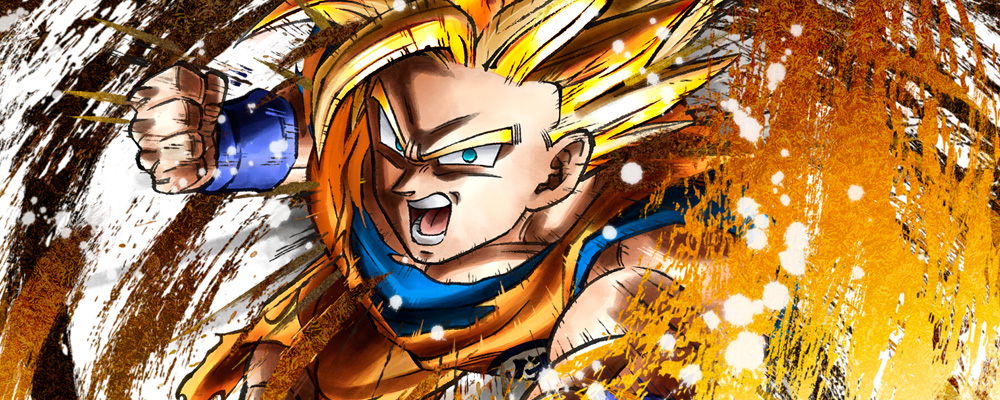
Dragon Ball FighterZ
Dragon Ball FighterZ is, without a doubt, the best looking Dragon Ball game out there. Developers Arc System Works nailed the presentation and, unsurprisingly, the gameplay as well. It’s about as close to a playable version of the anime that we’ve seen so far.
While many fans of the much simpler Budokai series were turned off by the more traditional fighting game controls, Arc Sys did a great job simplifying things so that even buttheads like me could pull off Baby’s First Combo. Combined with the flashy style and the almost anime-perfect graphics, it’s a seriously satisfying game to play.
Although its roster (even including all the DLC characters) is perhaps not the strongest or most diverse, the game’s focus on quality over quantity really shines through. The original story mode, featuring the debut of Android 21 – one of my favourite Dragon Ball characters – was a nice addition. While the fights were a bit samey, the fanservice makes it worth the time – I still get a chuckle out of Goku and Gohan trying to figure out what their fused name would be.
If you’re still hung up on the lack of in-fight transformations, beam struggles and all that guff, then it might never satisfy you. And that’s a shame, ‘cos the game is really good. It’s undisputably the best fighting game with Dragon Ball in the title – even if it might not be my all-time favourite.
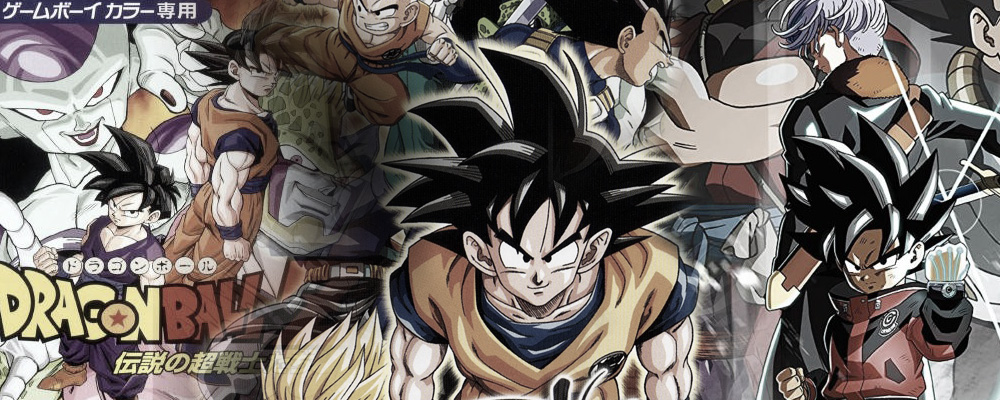
Honorable Mentions
With how many Dragon Ball games are out there now, it was tough to narrow things down to just five favourites – here’s a few that didn’t make the cut, but are still worth a look.
Dragon Ball Z: Legendary Super Warriors is a turn-based, card-based RPG for Gameboy Colour. Even if you’ve never heard of the game, if you’ve ever been on a DBZ forum or fansite, you’ve probably seen the sprites – or failing that, an edit based on them. The game featured a surprisingly deep roster, but it was also hard.
Super Dragon Ball Z is a unique mix of arena fighter and traditional 2D fighting game. Developed by Crafts & Meister, it was released first in arcades and then for the PS2. The game stands out by taking inspiration from the manga rather than the anime, with many colour schemes based on the original colourations. It’s also got a distinctly weird roster. Starring under 20 characters, the game includes Chi-Chi and its own take on Mecha Frieza. He has a giant rocket launcher. It’s cool.
Dragon Ball Fusions is a 3DS RPG with a very fun premise: what if everyone could fuse? Well, not quite everyone, but there’s still plenty of quirky what-if fusions to enjoy. The game is undeniably flawed, though, with a repetitive battle system and a roster inflated by dozens of create-a-character characters that literally nobody will care about. Still, check it out if you wanna see Arale fuse with Android 18.
Super Dragon Ball Heroes: World Mission is a Switch and Steam release. Based on the Japanese exclusive card-based arcade game, it’s… just okay. The gameplay is repetitive. The graphics are very dated, and obviously based on models from Budokai 3. But the real selling point is how far off the rails this game goes. What if Broly turned Super Saiyan 4? It’s in the game. What if Super 17 absorbed Cell? Yep. Golden Cooler? Got that too. Dragon Ball Heroes has the most diverse, absurd roster of any Dragon Ball game, no contest. It’s bonkers, and I love it.
